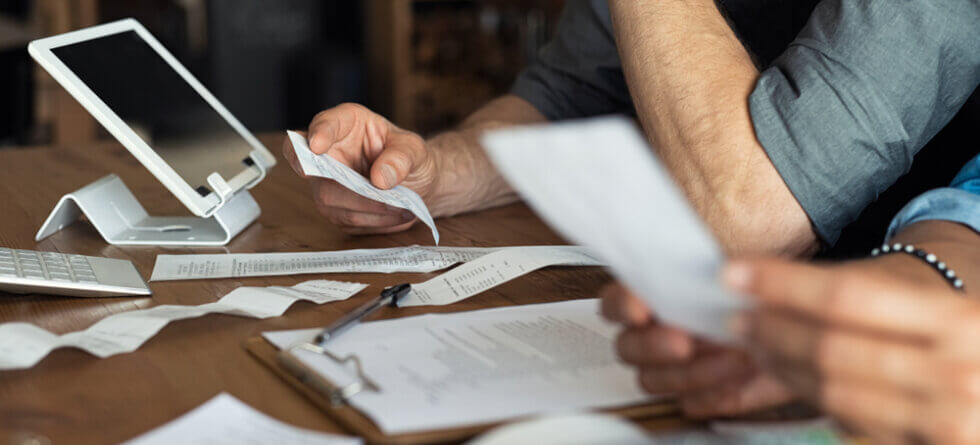Separating receipts for taxes is an important practice for small businesses to ensure accurate and efficient tax preparation. Here are steps and best practices to help small businesses organize and separate receipts for tax purposes:
- Use Separate Business Accounts:
- Maintain separate business bank accounts and credit cards for business transactions. This separation simplifies the process of identifying business expenses and ensures that personal expenses are not mistakenly included.
- Digital Receipts and Scanning:
- Consider going paperless by using digital receipts and scanning paper receipts. Many businesses now use receipt management apps or software to store and organize receipts electronically.
- Categorize Expenses:
- Develop a system for categorizing expenses. Common categories include office supplies, travel, meals and entertainment, utilities, and rent. Use accounting software to assign expenses to the appropriate categories.
- Use Accounting Software:
- Invest in accounting software such as QuickBooks, Xero, or FreshBooks. These tools can help automate the process of tracking and categorizing expenses, making it easier to generate accurate financial reports and prepare for tax filing.
- Regularly Reconcile Accounts:
- Regularly reconcile bank and credit card statements with accounting records. This helps identify any discrepancies or missing transactions.
- Set Up a Filing System:
- Establish a filing system for physical receipts. Organize receipts by month and category. Consider using folders or envelopes labeled with the relevant details.
- Capture Details on Receipts:
- Ensure that each receipt includes essential details such as the date, vendor name, amount, and a brief description of the purchase. This information is crucial for tax documentation.
- Separate Personal and Business Expenses:
- Clearly distinguish personal and business expenses. Avoid using business funds for personal expenses, and vice versa. This separation simplifies tax reporting and reduces the risk of including non-deductible personal expenses.
- Save Invoices and Contracts:
- Keep copies of invoices, contracts, and other supporting documents related to business transactions. These documents provide additional context and support the legitimacy of the expenses.
- Schedule Regular Reviews:
- Set aside time each month or quarter to review and organize receipts. Regular reviews help prevent a backlog of paperwork and ensure that expenses are accurately recorded.
- Hire Professional Help:
- Consider hiring a professional bookkeeper or accountant to assist with organizing and managing receipts. They can provide expertise in categorizing expenses and ensuring compliance with tax regulations.
- Understand Tax Deductions:
- Familiarize yourself with tax deductions applicable to your business. This knowledge helps you identify and properly document deductible expenses.
- Keep a Mileage Log:
- If your business involves travel, maintain a mileage log for business-related vehicle expenses. Document the purpose, date, and distance of each trip.
- Retain Receipts for Required Period:
- Retain receipts and supporting documents for the required period as per tax regulations. Generally, it’s recommended to keep tax-related records for at least three to seven years.
By implementing these practices, small businesses can streamline the process of separating and organizing receipts for tax purposes. This not only facilitates accurate tax reporting but also provides a clear picture of the business’s financial health throughout the year.




